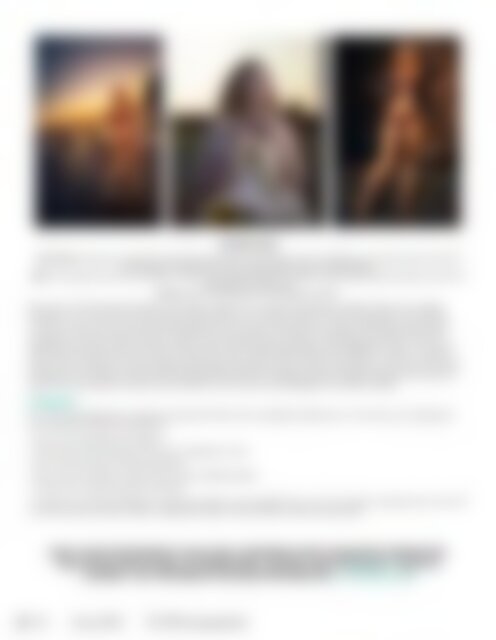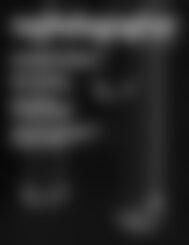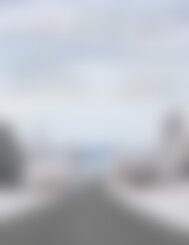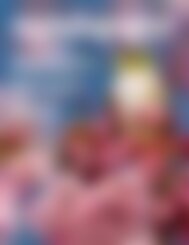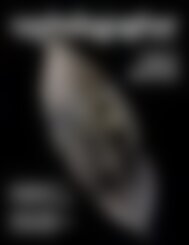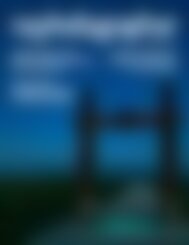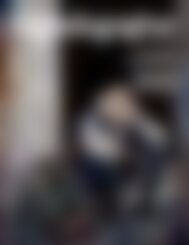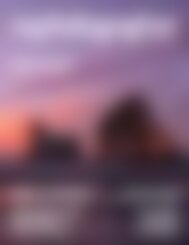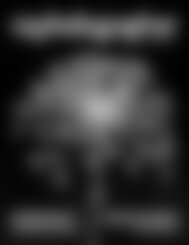NZPhotographer Issue 43, May 2021
As of December 2022, NZPhotographer magazine is only available when you purchase an annual or monthly subscription via the NZP website. Find out more: www.nzphotographer.nz
As of December 2022, NZPhotographer magazine is only available when you purchase an annual or monthly subscription via the NZP website. Find out more: www.nzphotographer.nz
Create successful ePaper yourself
Turn your PDF publications into a flip-book with our unique Google optimized e-Paper software.
GOLDEN HOUR<br />
Left & middle: Placing the sun behind the model creates a backlit effect, separating them from the background. The model was then lit from the<br />
front with flash, centered (left), or with a continuous light source to one side (middle).<br />
Right: The model poses side-on to the setting sun. Observe how the angle of light in the middle and right images shapes the models more than the<br />
centered flash in the left image.<br />
Models: Monnie Jay (left & right) and Emma Malone (middle).<br />
Because of the directional quality of the light, golden hour is ideal for testing how light shapes your subject.<br />
However, you only have a short window of time and you must be careful not to let it slip away. Plan ahead<br />
as much as you can. Scout locations beforehand and check where the sun will be positioned using an app<br />
or previous visit. Be aware that you’ll need to set your exposure to balance between your subject and the<br />
brightness of the sky and you’ll likely need to play with recovering shadows and highlights in post. To capture<br />
the most information from the scene, it is best to shoot in RAW format rather than JPEG. It is useful to have an<br />
idea of your camera’s dynamic range (the range of exposure which can be captured) so you know how best<br />
to expose your image e.g. full frame cameras typically have a higher dynamic range (capture more stops of<br />
light) than crop-sensor cameras and therefore can recover more highlight and shadow detail.<br />
SUMMARY<br />
So, what is the best time of day for portraiture? Well, that completely depends on what look you’re going for.<br />
Ask yourself the following questions:<br />
• Do I want hard light or soft light?<br />
• What tools and assistance do I have available to me?<br />
• Do I want to add a creative element?<br />
• Do I want to achieve a particular mood or lighting style?<br />
• What is the weather going to be like?!<br />
I’ve given you the knowledge to capture portraits at any daylight hour, now you need to decide which one will<br />
suit your photos the best. Grab a willing test subject and practice, practice, practice!<br />
BUILD YOUR PHOTOGRAPHY SKILLS AND CONFIDENCE WITH CHARLOTTE'S WORKSHOPS<br />
AND TUITION SPECIALISING IN PORTRAITURE, LIGHTING AND PHOTOSHOP. INVEST IN<br />
YOURSELF! VISIT HER WEBSITE FOR MORE INFORMATION. CEJPHOTO.COM<br />
28 <strong>May</strong> <strong>2021</strong> <strong>NZPhotographer</strong>


